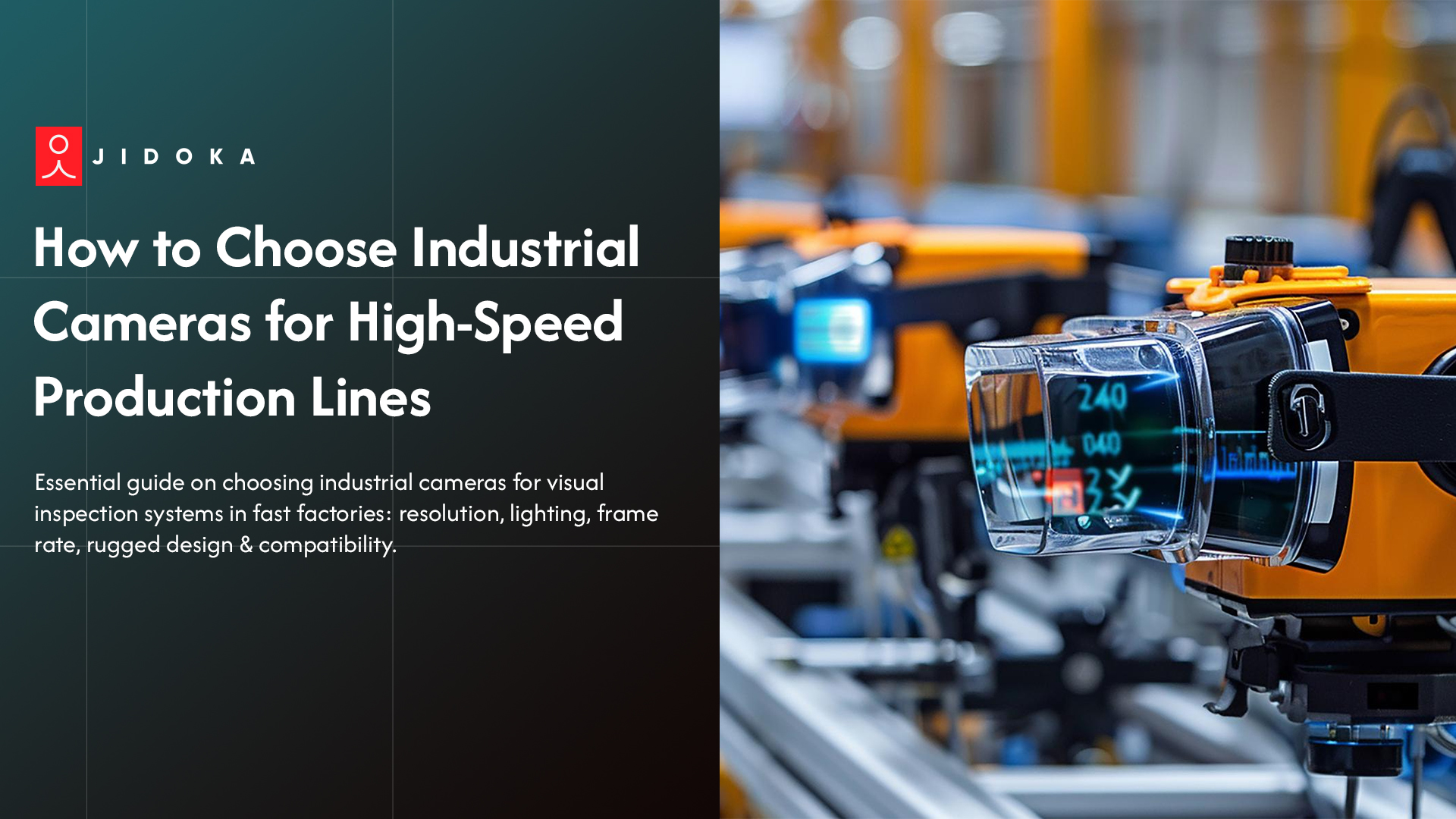Factories keep building rework piles because defects appear too late in the process. A flaw that costs one dollar during production can grow into a thousand-dollar loss once it reaches a customer. The problem is timing. Traditional inspection reacts instead of preventing. That delay drains profit and wastes valuable production hours.
The AOI optical inspection market is expected to hit $6.04 billion by 2033 as manufacturers look for faster prevention methods. With automatic optical inspection, each defect is identified and corrected in real time. In electronics manufacturing, this speed creates a direct path to fewer errors, lower rework, and better margins.
The “Hidden Speed Traps” in Your Manual Inspection Process
Most teams underestimate how much production time manual inspection wastes. A line can build hundreds of bad boards before a defect is even noticed. That delay turns small errors into large rework piles, draining time and money.
The slow feedback loop kills manufacturing throughput and blocks real-time process control. This is where AOI optical inspection changes everything—it finds and fixes problems as they happen, not after.
The Human Bottleneck: The 800 vs. 5,000+ Component War
Manual component inspection is slow and inconsistent. A skilled operator checks about 800 components an hour, missing fine details under fatigue. Modern AOI optical inspection handles over 5,000 components per hour, working 24/7 with near-perfect accuracy. In electronics manufacturing, that speed difference decides whether you hit production goals or build another rework pile.
The Crippling Cost of “False Positives”
A common issue in manual PCB inspection is misjudgment. When a worker flags a good board, production halts, engineers review it, and output drops. Automated systems with false positive reduction technology avoid this by applying consistent visual and dimensional checks. This stability keeps quality control automation reliable and reduces unnecessary downtime.
The Impossible Task: The 01005 Component
A 01005 component is smaller than a grain of sand. Human vision can’t reliably perform solder joint inspection on such parts. Automatic optical inspection tools identify solder volume, alignment, and bridging instantly using optical and algorithmic precision. That keeps SMT inspection accurate, reduces defect detection time, and eliminates guesswork common in manual checks.
Manual checks add delays. The next section shows how AOI optical inspection uses speed and data feedback to turn inspection into a true process control tool for the Industry 4.0 production floor.
AOI Optical Inspection: Speed as a Process Control Weapon
Modern electronics manufacturing no longer treats inspection as the final step; it’s part of the process itself. Speed in AOI optical inspection means faster correction, not just faster detection.
When every board is scanned instantly, you stop repeating the same defect across hundreds of units. The result is higher manufacturing throughput, stronger real-time process control, and fewer surprises downstream.
1. From Post-Mortem to Real-Time: The In-Line Feedback Loop
An in-line AOI optical inspection system scans each board right after placement or soldering. It doesn’t sample; it checks every product in motion. That instant insight allows your team to adjust machines or feeders before the next board hits the line. The feedback loop turns defect detection into prevention and supports data-driven quality control automation.
2. How AOI Talks to Your SMT Line
- The system notices a pattern like a resistor skew appearing on multiple boards.
- Through automatic optical inspection data, it signals the feeder to adjust automatically.
- That adjustment prevents repeating the same defect on future boards.
- Consistent component inspection data supports predictive maintenance across machines.
3. The 10-Second Fix: Stopping the Rework Pile Before It Starts
A 10-second alert from AOI optical inspection can save hours of rework. The system identifies a pattern, signals an operator, and prevents hundreds of defective boards from leaving the line.
Speed becomes your best defense against rework. The next section explains how 3D AOI vs 2D AOI systems differ in accuracy and how measuring height further reduces inspection time.
3D AOI vs 2D AOI: Why Measuring Height Saves You Time
Many manufacturers still assume 3D systems slow inspection. In reality, 3D AOI optical inspection is faster for the full line because it prevents wasted time from false alarms. By analyzing volume and shape, it eliminates uncertainty and strengthens real-time process control.
1. The 2D AOI Problem: “Is That a Shadow or a Defect?”
2D systems capture flat images and depend on lighting. Shiny solder joints, shadows, or color variations confuse the system. When this happens, boards get flagged incorrectly. Every false alarm stops production, forcing manual reviews that lower manufacturing throughput and delay delivery.
2. The 3D AOI Solution: “I Measure Volume, Not Light.”
Unlike 2D imaging, 3D automatic optical inspection uses laser triangulation to measure true height and shape.
Key advantages:
- Measures exact solder joint inspection volume, height, and alignment.
- Identifies lifted leads, insufficient solder, or tombstoning instantly.
- Works across dense PCB inspection layouts where flat imaging fails.
By quantifying each component inspection, 3D systems remove the guesswork common in 2D AOI, improving defect detection accuracy and reducing manual verification.
3. The Result: Crushing False Positives
3D AOI optical inspection reduces false positives by up to 90%. That means your line keeps running instead of stopping for review. With fewer interruptions, electronics manufacturing teams meet delivery targets faster, protect margins, and improve quality control automation.
The next section shows how Jidoka Tech applies these capabilities to turn inspection data into measurable production speed.
How Jidoka Tech Turns Your Quality Check into a Speed Boost
Jidoka Tech transforms inspection from a checkpoint into a performance tool. Our AOI optical inspection solutions combine intelligence, speed, and precision to turn every scan into actionable data. Built for modern electronics manufacturing, our systems strengthen process reliability and help teams eliminate rework entirely.
Key Features:
- High-speed 3D automatic optical inspection with real-time feedback.
- Advanced false positive reduction algorithms to maintain continuous flow.
- Seamless integration with SMT inspection and MES systems.
- Adaptive solder joint inspection analytics for consistent results.
With 48+ trusted customers worldwide and 100+ successful implementations, Jidoka Tech proves that speed and accuracy can coexist.
Let’s redefine your inspection process with precision that pays back every hour saved → Jidoka
Conclusion
Production teams keep losing hours to the same problems: slow manual checks, missed defects, and growing rework piles. Each delay adds wasted material, extra labor, and lower profit. When defects slip through, a small error on the line turns into a thousand-dollar mistake at the customer end. That level of loss damages both credibility and delivery schedules.
Jidoka Tech addresses this with real-time prevention. The AOI optical inspection system identifies and corrects issues the moment they occur, cutting waste before it spreads. With smart automatic optical inspection and precise solder joint inspection, you regain control of production speed and quality.
Connect with Jidoka Tech to see how intelligent AOI optical inspection can turn every inspection point into production speed and quality gains.
FAQs
1: How much faster is AOI than manual inspection?
AOI optical inspection systems inspect thousands of components per minute with 99% accuracy. Manual operators usually manage 500 to 800 per hour. Automated speed improves manufacturing throughput, enables real-time process control, and prevents rework across electronics manufacturing lines by catching defects the moment they occur.
2: What is the “Rule of 10s” in manufacturing?
The Rule of 10s shows how defect costs increase at every stage. Fixing a $1 issue during production becomes a $1,000 problem at the customer’s end. Automatic optical inspection prevents these losses through early defect detection and uality control automation, stopping costly rework before it multiplies.
3: Is 3D AOI slower than 2D AOI?
3D AOI optical inspection uses laser triangulation to measure height, volume, and solder integrity. It reduces false positive reduction issues by up to 90%, making overall inspection faster and more reliable than 2D systems. This accuracy improves PCB inspection flow and keeps electronics manufacturing uninterrupted.
4: How does AOI speed help with solder joint inspection?
3D automatic optical inspection measures each solder joint inspection point for height, shape, and volume in seconds. This precision prevents weak joints, bridging, or lifted leads. The system ensures consistent component inspection across the line and maintains seamless real-time process control.
5: Does AOI work for small batches or high-mix lines?
Modern AOI optical inspection systems support flexible SMT inspection by learning new PCB inspection layouts within minutes. AI-driven programming adjusts for design changes quickly, making them ideal for high-mix, low-volume electronics manufacturing that demands speed, adaptability, and precise defect detection.
%20AOI%20Optical%20Inspection_%20How%20Automation%20Drastically%20Improve%20Speed!.jpg)







